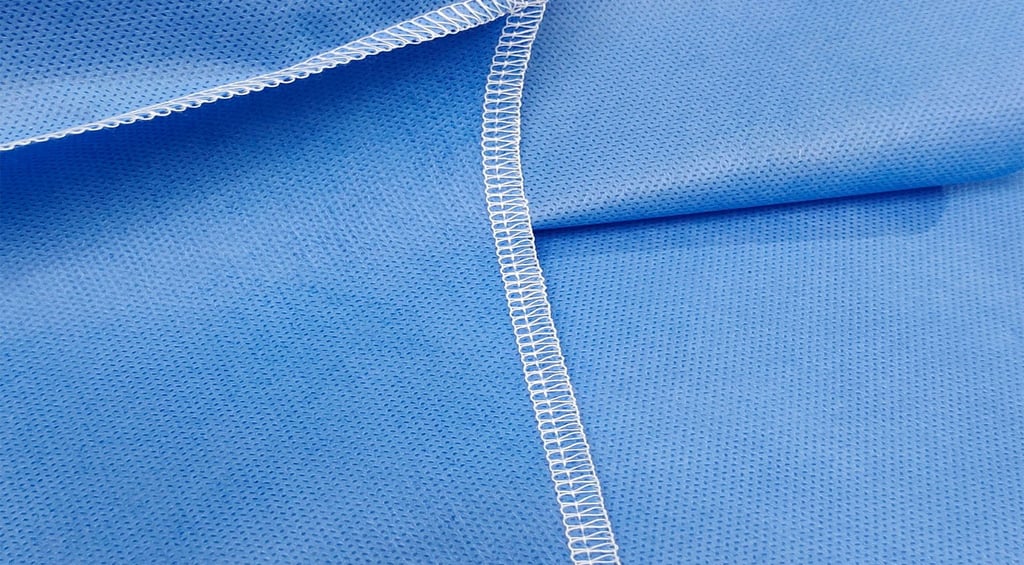Enhancing Barrier Protection: Effective Patterns for Manufacturing Surgical Gowns


Introduction to Surgical Gowns
Surgical gowns are an integral component of personal protective equipment (PPE), designed to shield healthcare professionals during various medical procedures. As the demand for effective barrier protection increases, the focus on the patterns and materials used in the manufacturing of these gowns must also adapt. By optimizing production techniques and patterns, manufacturers can provide gowns that enhance safety without compromising comfort.
Understanding Effective Patterns for Surgical Gown Production
The choice of pattern in surgical gown manufacturing plays a pivotal role in ensuring optimal barrier protection. Manufacturers are continually exploring techniques that promote greater efficiency in garment production while enhancing the functional attributes of the gowns. Key aspects to consider include the material selection, sewing techniques, and design structure.
For instance, using a pattern that incorporates advanced materials with higher liquid repellency can significantly improve the protective capacity of surgical gowns. Fabrics treated with water-repellent finishes or those composed of multiple layers offer enhanced protection against fluids and contaminants, essential in surgical environments.
Additionally, sewing techniques such as ultrasonic welding can create seams that are less prone to leakage compared to traditional stitching methods. This is crucial, as even minute gaps in the gown can lead to failure in barrier protection.
Implementation of Innovative Manufacturing Processes
The integration of innovative manufacturing processes into surgical gown production is critical for enhancing barrier protection. Manufacturers can maximize efficiency and effectiveness by adopting automated cutting and stitching technology. Automation not only speeds up production but also ensures consistent quality across all gowns produced.
Furthermore, implementing pre-production testing of patterns allows manufacturers to identify potential weaknesses in the barrier protection of gowns before they reach the market. This proactive approach is essential to uphold safety standards and protect healthcare professionals from exposure to infectious agents.
The Future of Surgical Gowns
As the landscape of healthcare continues to evolve, so too must the strategies for manufacturing effective surgical gowns. The future will likely see an increased emphasis on sustainable materials that offer both environmental benefits and enhanced protection. In this regard, biocompatible materials and recycled fabrics may become more prevalent in surgical gown production.
Ultimately, the pattern and methodology in manufacturing surgical gowns are critical for ensuring better barrier protection. With ongoing research and development in this area, manufacturers can remain equipped to respond to the needs of the healthcare sector. The focus on effective patterns will not only safeguard those in the operating room but also contribute to a more resilient healthcare infrastructure.
